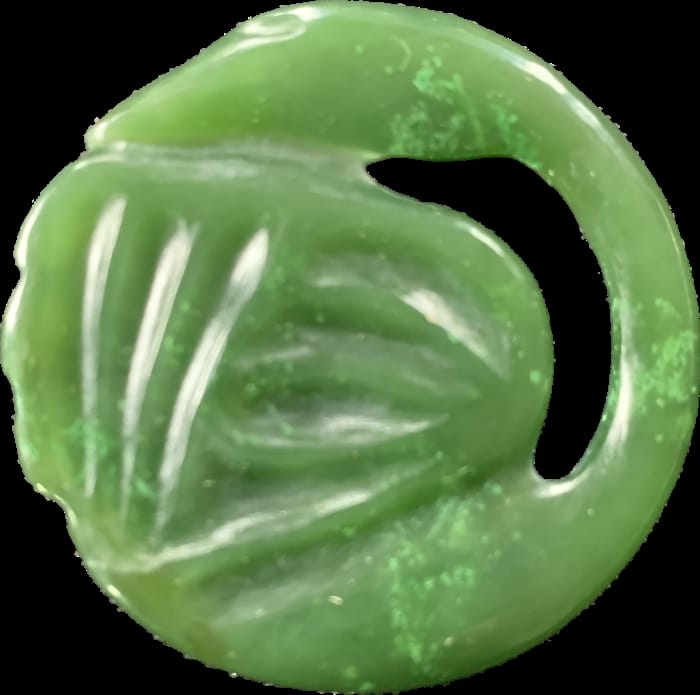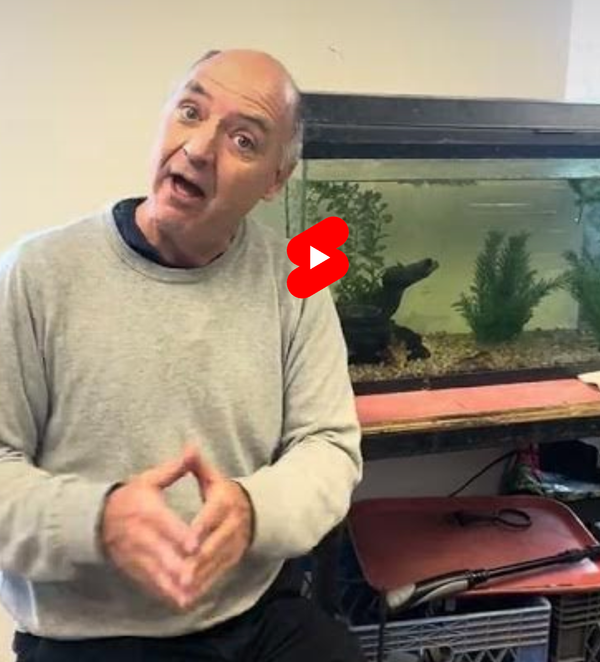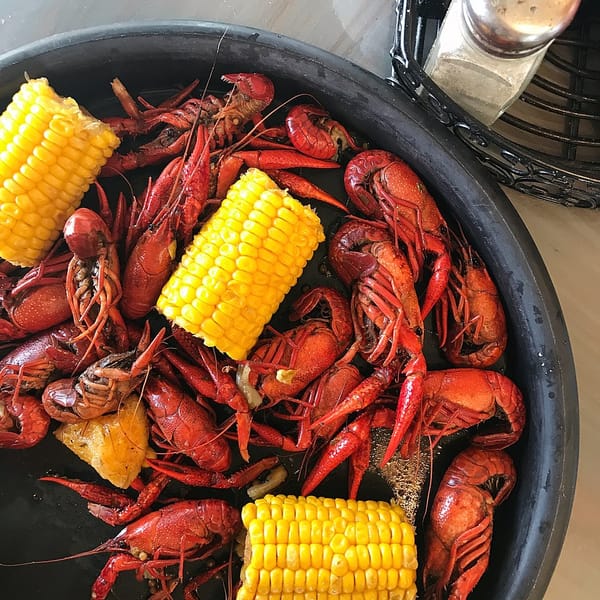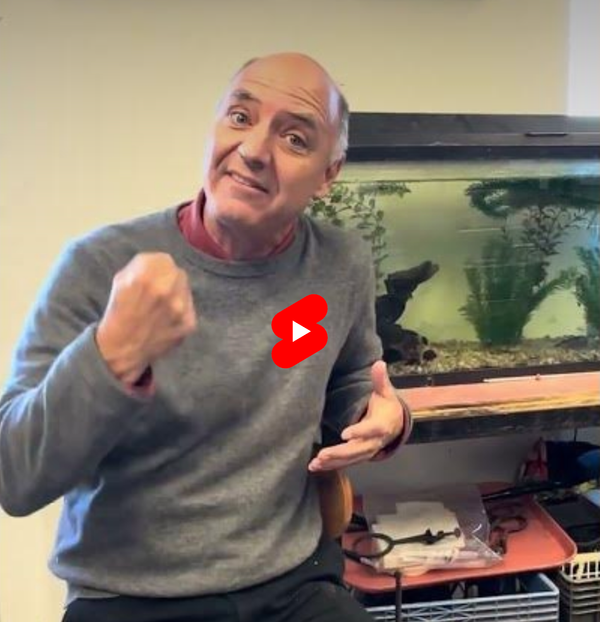The Anzu Bird, Lugalbanda and the Tablets of Destiny
Today Dr. Josh Stout shows his current favorite piece, discusses why context is of the utmost importance, and tells stories of Anzu that predate the Tree Of Knowledge and the Garden of Eden.
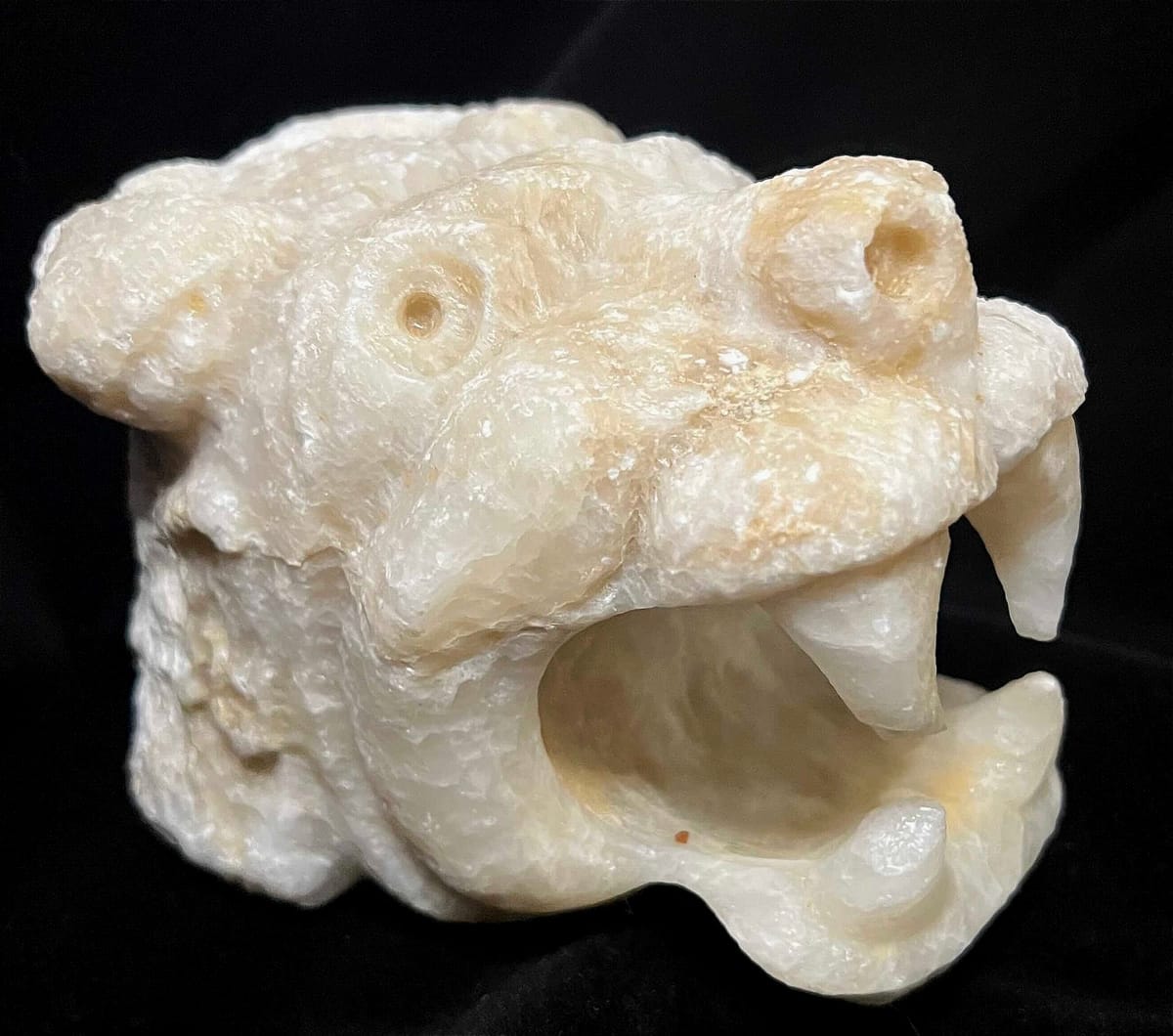
Below is lightly a edited AI generated transcript and there may be errors. Please scroll down for links below the transcript.
Eric:
And we're on. Hey folks, welcome to the next installment of video, MindBody Evolution. This is Dr. Josh Stout. Hello. We've got something exciting to talk about, folks. Today, Josh has the piece that he's the most excited about. I can't wait to see it. All right, here we go. What's up? What do you got for us, Josh?
Dr. Josh Stout:Yeah
Dr. Josh Stout:, so I've been talking about this,
say, undescribed culture, lost civilization now for a while. These are artifacts that I found online from an auction house that sells fakes. And I started realizing that there was so many of them that they might be real, which is a really weird thing to think of. Just more fakes doesn't make something real. But what I was seeing was all of these pieces connected in a larger aggregation that had relationships to each other.
Eric:And you believe that those relationships, relationships between what were called fakes made them a body of objects that had in and of themselves.
Dr. Josh Stout:That were part of their own culture.
Dr. Josh Stout:And they didn't match anything out there. They didn't match anything known about, say, the Sumerians. I didn't even know they were Sumerians at first. I was just guessing that they might be old. And if they were, where would they belong? Even if they were fakes, what was someone trying to fake? So I was working really hard to try and find these things.
Eric:Or maybe what was happening was that they weren't faking something. They were being influenced by something.
Dr. Josh Stout:All of these were possibilities. And so I've been doing research on Sumerian culture, on the area, and trying to understand what it is that I might have found. And so I'm going to sort of move forward, not talking about what makes them real, but more talking about what makes them interesting as cultural pieces.
Eric:Cool. When do we start looking?
Dr. Josh Stout:Okay.
Dr. Josh Stout:So I want to start on what these things are. So one of the really fascinating little pieces of Sumerian culture is the Anzu bird. And the Anzu bird is a lion-headed eagle. Can we see the first picture? And so the lion-headed eagle is here. You can see the wings of the eagle with a lion head above. And it's actually holding two lions in its talons.
Dr. Josh Stout:And so it's acting as the master of animals. It's sort of a nature spirit. It's a little bit like Pan in some ways. This idea of the spirit of nature is wild. So it is itself a major, major deity. But it's in the personification of the wild nature. An is the storm that lives in the mountains. Originally, it was an eagle-shaped black cloud coming out of the mountains. And then they added the lion to give it the roar. So the roar of the lion is coming up from the lion's head. And you have the wings being the enveloping black cloud. But it has the aspect of bringing rain as well. So this is where all the good things come from, as well as danger and those aspects of nature. And so this was set apart from the great gods, Enlil or An, the great god of Sumer, who was running everything. So you can see the next one.
So this is a picture. It's a little bit harder to see. But
Dr. Josh Stout:this is, again, Anzu in his eagle-lion form. You can see the lion claws very clearly there, reaching up. And he's being actually chased by Gilgamesh or another hero. And he was hunted because he had snuck into the god Enlil Enkian's
chambers. And while Enlil was bathing, he stole the Tablet of Destinies. And the Tablet of Destinies is what it sounds like. It's the tablet on which is written all the ways that the universe turns out. And with this tablet, you can reboot the universe. Or you can look at anyone or anything and say, you go back to clay. You go back to the original form that things were made out of. And so the Tablet of Destinies can erase anything's existence. Or
Eric:the Tablet of Destinies gives you ultimate power.
Dr. Josh Stout:It's ultimate power and is actually where everything's destiny is written. So you also know the future of each thing that you have written, which is everything. And so it is the sort of it's the embodied form of the god's power in terms of knowledge and understanding. And so that's part of what Anzu's name means. An means heavenly. Zu might mean eagle, but it's also representing sort of something that goes together with heaven. And in this context of stealing the Tablet of Destinies, it's related to knowledge from heaven. And so this is a little bit like Prometheus in some ways, except that they sent a hero to go kill Anzu and then bring back the Tablet. So order was restored. It was the it was the transfer of order to to to to to nature, which was chaos
Eric:was was was Anzu killed?
Dr. Josh Stout:Anzu was killed
Eric:in order to restore order or
Dr. Josh Stout:in order to restore order. E. Yeah. Um, other myths may or may not happen before or after this. So Anzu still kept living. Uh,
Dr. Josh Stout:Anzu was also in something like the Garden of Eden for Sumer. So in the very beginning of time, I, the the the the goddess is is is is is is walking along and she sees this weeping willow that has been uprooted by the flood in the Euphrates. And she takes it to her home in Uruk and plants it and and and and waters it and takes really good care of it. And it's going to be uh, the wood to make her throne to make her bed. It's going to be hers and um, it's taking a really long time. Trees take a long time to grow and she's getting upset about it. And while she's waiting the serpent
goes into its roots the Anzu bird so representing knowledge, but also nature and danger lands in its its branches and breeds its young there. And so it has, you know, mini lion/eagle sort of things living in this branches and in the trunk of the tree comes Lilith. And yes, that's the same Lilith.
Eric:That's the that's the very same Lilith.
Dr. Josh Stout:The very same Lilith. So here you have the tree with knowledge with Lilith in it with a serpent in the very beginning,
Eric:but contained within it
Dr. Josh Stout:but contained within it. And so, uh,
Eric:This is a very eastern concept.
Dr. Josh Stout:Inanna
Dr. Josh Stout:. Inanna, the goddess. Inanna later becomes- So her symbols are, are Venus and- and the um, uh, the owl. So later she becomes Venus and- and uh, and- and Minerva and uh, and the god of war. So she's war and love at the same time. Uh, and so she- she, uh, uh, uh, is- is- is says hey you have to get rid of this stuff and she gets a- a hero who, uh, goes at the, um, sometimes it's Gilgamesh, uh, goes at the, uh, um, snake with- with the hero's axe and chops the snake. Uh, the Anzu bird is disturbed and flies away with all his young and goes off to the mountains where he came from and Lilith breaks out of the trunk of the tree and, uh, and- and- and flees. And so then, uh, Gilgamesh cuts down the tree and makes a bed and a throne and the end. Happy ending. And so that somehow became our Garden of Eden story in some weird ways. Tree of Knowledge, snakes, Lilith, all of these things. And so here you can see, uh, Anzu again as the, uh, master of, uh, animals. And so this represents his- his- his sort of wild nature. You know, he's- he's flying away with these deer. I love- I love their antlers. They're- those are not normal deer antlers, but they're- they're wonderfully, uh, stylistic. And you can see this sort of very separate, uh, lion head sitting on top of a, uh, uh, an eagle statue.
Eric:It's- it's- it's- it's incredibly regal. It's-
Dr. Josh Stout:it is. And I think that's what I found. I think that's what I found. I think I found, uh, the lion head of an Anzu statue.
Eric:Wow. Alright. So is what's- is what's happening now? You're getting ready to- So I'm-
Dr. Josh Stout:I'm- I'm putting on my gloves.
Eric:You're putting on
Eric:the gloves.
Dr. Josh Stout:Getting- getting ready to show you-
Eric:Sorry for the mess here, folks. This is, you know, the behind the scenes stuff.
Dr. Josh Stout:Yeah. So, uh, I- I think I might, you know, the best piece I found was, uh, this- this, uh, this lion.
So here we are. Go. And there you go. And-
Dr. Josh Stout:and look at it, isn't- isn't that amazing? I just- I'm- I'm- I'm just thrilled by it. It's- it's- it's- it's magnificent, these huge teeth in- in- in the alabaster. Uh, and it's- you can see the lion's mane. It's done in the style of, uh, the way they would show, uh, the pleats on their, um, uh, wool skirts. Uh, and, uh, you can see the- the, uh, inset eyes, uh, but in a different form. So those would have been these large pupils, uh, inset into the eyes of the lion. Uh, and there's- there's still that sort of fat-cheeked, happy look but it's- it's- it's not smiling now. Now you have the roar. So this is the- the- the sound of thunder from the- the- the thunder god Anzu, uh, the nature god Anzu. Um, and you have the combination here of the horns, uh, and so we've been talking about how- a little bit how, uh, Anzu is the nature god like- like Pan, and Pan has horns for the same exact reason. Th, uh, when you have the goat, uh, is- is sort of the symbol of- of, uh, uh, uncontrolled nature. And so, uh, Anzu is often- uh, uh, associated with goats and sometimes has goat horns. And so that's another reason why I think this isn't just a- a normal lion.
Eric:I want to see the eyes.
Dr. Josh Stout:This is in fact, uh, uh, Anzu the- the- the deity. So I think this would have been on top of-
Eric:Sorry, do you believe this is Anzu because-
Dr. Josh Stout:Because it has horns, right? So lions don't have horns. Um, also notice the ears. Look closely here. That's a little hole there to have this dangling ear. So that would have been a goat ear or a- or a sheep ear. Mm-hmm. Probably a goat. Those are goat horns. That would have been a goat ear hanging down. So again, wrong kind of ear, wrong kind of horns for a lion. And so I think this is representing, uh, an Anzu statue. And so this was, um, this was made like this. This wasn't broken off. And so this was probably on top of a, a wooden statue that decayed. Uh, would have been really nice if professional archaeologists had taken that. They might have been able to see the remains of the wood there. Uh-huh. But, uh, whoever, whoever dug this up just brought it back. All right. So I want to, I want to talk about, uh, that a little bit is, is, is
Dr. Josh Stout:the idea of context. Why I think it's so important that I show some of these artifacts. Uh, because otherwise.
Eric:Right. Context is what you're saying is what gave you the feeling that.
Dr. Josh Stout:That these are all related pieces.
Eric:This is a coherent body of work.
Dr. Josh Stout:And so each piece gives you a little bit more knowledge on the other ones. But there's also the tragedy of the lost context.
Eric:Yeah.
Dr. Josh Stout:And that it, you know, this, this head would have been positively ID'd as an Anzu if it was sitting on an eagle
Eric:Mm-hmm.
Dr. Josh Stout:But without that, it, it could be other kinds of sort of magical griffin, Lamassu sort of things. But I, I think, I think, uh, Anzu is pretty clear that, that, that, that, that's what it is. Uh, usually a Lamassu has more of a human face. Uh, we've seen some of those goat faces, but this, this is a lion and that, that, that's a, that's a, you know, a different kind of characteristic. Um, wings, you know, would have been nice to see wings. No, you know, no, that, that's really what makes, makes, makes it that. Uh, but, um, uh, by putting it together with all the other pieces, we do have at least a little bit of the context left. You know, when I was,
Eric:and this one has fat, happy cheeks.
Dr. Josh Stout:It does. And that, that, that really puts it into that context, uh, with all the other ones that do.
Eric:Yeah.
Dr. Josh Stout:Um, so
Dr. Josh Stout:when I was researching this, uh, I was trying to find out, you know, who is Anzu? What's his relationship He was seen as, uh, the natural personification of a, of a, of a, of a male sort of father deity, who's known as the father of pastures. Abu, which sounds like father to me somehow, uh,
Eric:Hebrew Abba.
Dr. Josh Stout:Yeah, exactly. I don't think that's a coincidence. So Abu was the father of pastures. He brought the gentle rains. And then he had this wild sort of natural persona as, as Anzu as the wild rains, the storm cloud out of the mountains. However, this is all speculation based solely on the statues. We have so much writing of these things, uh, of, of, of these cultures, but, um, we don't have writing on this particular aspect of it. There is one statue that people think might be Abu with at, on, on the plinth at the base of it, a picture of, of Anzu. But because that statue was looted in the 1930s, we don't have its context. We don't know where it came from. So, so much of Sumerian research is based on only a few isolated looted artifacts that, you know, hopefully were looted long ago,
Eric:And you're putting forth that this is not Sumerian, that this is Sumerian inspired influence.
Dr. Josh Stout:Right. So what, what I think I have found was something outside of Iraq, probably, you know, in, in one of these peripheral areas. Again, where, where, where, where did Anzu lived? He lived up in the mountains, uh, north of the Persian Gulf. Uh, that would be a place where they might find this sort of thing. Lots, lots of ibex up in there. Then the wild ibex up in the mountains, that would have been that range. Those, those mountains in that, that area go all the way into Turkey. Keep going. Uh, you, you, you'll, you'll get all the way to, um, mountains in, in, in northern Syria. That's another good possibility. Uh, and then eventually you get to, um, you know, you get to the Mediterranean, uh, and you have some cultures that were still influenced by Sumer along the edge of the Mediterranean there. So, uh, it could be any one of these, these groups.
Dr. Josh Stout:While I was reading about Anzu, I found out about, um, cultures influenced by Sumer from these mountains, uh, that are known to be lost. We know there were cultures there. We even have names of some of them, uh, but we have no Uh, but we have no writings. We don't know if we have any artifacts.
Eric:So we know, we know that cultures like this, that you're positing you have found do exist.
Dr. Josh Stout:Right.
Dr. Josh Stout:And we might never know what I found. Right. So they knew the people who dug it up, knew. Yeah. But if we don't connect a name to these artifacts, if there's nothing written on them, we will never know if it's a listed lost city or an unlisted city. Was it a full-sized city or was it just a major temple along a trade route? You know, we can't, we can't do any of that until we find these things. The only way to be able to connect these to a place is if real archeology is done and they started digging up some similar things. That's what we do. This is fat cheeked, human faced animals, but with an animal protruding face, forward pointing nostrils. All of these characteristics that I've tried to identify as making, you know, my, my artifacts, the ones that I've found, uh, be part of this, you know, larger thing that doesn't quite belong to Sumer, but it's very, very similar to, you know, shows the relationship. It fits into their mythological, uh, format. Uh, I, I, I think they are the same deities. You know, I think I am looking at Anzu, maybe didn't have that word might've been a different language, but I think that's the, the, the, what I'm seeing when I see these artifacts. So in this case, you have the combination of the, of the Ibex horns, which are on many, many of the artifacts I've showed you. Um, they're, they're, they're these, that's part of why I think they might've been up in the mountains is they, they really emphasize, uh, the Ibex. Uh, some of the Anzu statues that you might see in Sumer, uh, will show, you know, little small kind of goat horns looking sort of like that kind of twisted together. Um, I think that's another thing they did. Um, I think that's another thing they did. I think the Sumerians might've twisted goat horns together, uh, to sometimes even create unicorns. Um, again, complete speculation, but that was not, that's a different issue. That's as I'm looking at these pictures of goats, I'm seeing a lot of small goat horns, sometimes, you know, curled, um, uh, uh, sheep horns. Uh, but in this culture, this particular aspect of it, it's almost all Ibex. It's all these spiraled horns, uh, so spiraling along the horns, uh, uh, long going back often on the top along the rim of the offering bowls, that sort of thing. Uh,
Dr. Josh Stout:so this, these are some of the reasons I think that these are, are, are unique to this particular group and, and fit really well with, um, with the myth. So, uh, uh, uh, uh, forgive me if I get the names wrong, being dyslexic and trying to remember all of these unusual to me anyway, names. Uh, I'm, I'm, I'm doing my best, but there's, uh, Lugalbala too, the return of Lugalbala. Um, when Lugalbala goes up into the mountains, uh, north of the Persian Gulf to where Anzu lives, um, he finds a nest of, of, of, of little eaglets, uh, sitting in their nest and they're all crying for food. And, and it reminds me a little bit of like Sinbad and some of those, those stories of, of the eagle, the rock carrying, uh, Sinbad away to his nest. But instead of feeding Lugalbala to the, to the, to the young, Lugalbala says, oh, they're hungry. I'll give them food. And now the, the, the, um, the little, the little chicks are, are happy. Uh, Anzu comes back, can't find his brood, is upset at first. And I keep saying his isn't, there's no actual indication that it's male. Could easily be female since he has chicks and is feeding them. There's, there's no indication one way or another. It's, it's my own bias that I happen to say male, because I think that way. But easily could be a female deity. Um, lions with manes. I think Male. Again, there's reasons for that. That's, that's not bias. That's a real thing. Uh, so anyway, there's, there's, there's male aspects to it, but also there's female aspects to it. Feeding chicks. So anyway, comes back is upset, angry that they, that can't find the chicks. What happened? My chicks? What happened to my chicks? And then discovers they're happy. They're content. They're sleeping. They've been fed. And so he says, ah, Lugalbala, you're the greatest. You're wonderful. So instead of eating it or, you know, eating him or doing something like that, he rewards him. And so Lugalbala gains the ability to travel over mountains really fast. And this becomes an important later for other myths. Uh, but again, this idea of mountains, of these mountainous regions. These are all associated with these myths. And I think closely associated, associated with this culture as are, as are the Ibex. So anyway, I wanted to get into some of these pieces.
Eric:A mountain people.
Dr. Josh Stout:A mountain people. It's absolute speculation. The people on the plains knew about Ibex. They knew about,
Eric:this is all speculative.
Dr. Josh Stout:Absolutely. Yeah. Yeah. Yeah.
Eric:And I think, I think that's okay.
Dr. Josh Stout:I think that's okay.
Eric:Yeah.
Dr. Josh Stout:If I had to guess which mountains I would, I would, I would tend to place it more towards Northern Syria. But again, just a guess. Again, it could be Northern Persian Gulf. It could be Turkey. It could be Jordan.
Eric:And I have to say, I applaud you for your hubris. I mean, if, if you did, if there weren't, if there, if there weren't people who were trying to learn new things, how would we ever learn new things?
Dr. Josh Stout:I'm
Dr. Josh Stout:hoping someone can show me why I'm wrong. I, I, I, I want someone, I, I'm really hoping they don't decide that they need to confiscate these all. Uh, because I don't know, I don't think they know where they go. All right. I, I, I would be happy if someone knows which country they should go to and which site they came from. I'm, I'll give them today. You know, here, here they are. I spent some money on this. I'm really happy. I've helped restore these to their home. Uh, I don't think anyone knows. And because it could be a half dozen countries with various regions within it. Um, you know, it should go to the right place.
Eric:So you're, you're saying you, you would trade the objects for the knowledge.
Dr. Josh Stout:I really kind of would. Yeah. I, I, I,
Dr. Josh Stout:I, I think what I have done is tried to save something. I'm not trying to hoard it. I'm not trying to take it from anything. I'll give it back as soon as I know where to give it back to. Uh, but, um, you know, in the meantime, people need to Otherwise this is all lost and there was just a city bulldozed for its random artifacts to be sold cheaply, uh, you know, to, to people online. And so I'm trying to rectify that to a certain extent. I'm trying to find the pieces I can afford to buy, put them together. So at least we have those. Uh, you know, and then I've tried to document all the other ones that were sold. So we have a record of the larger corpus, uh, of, of pieces. Again, because it's their interrelationships that really gives them meaning, uh, which, you know, we've lost it because it was dug up, but if they can find the city, we'll return a lot of that meaning. You know, you could go back to a city somewhere and find a headless eagle that needs a lion head to go on it. It might be sitting in a temple somewhere. That's entirely possible. That headless eagle might've been dug out of a wall and be in someone's mansion. Maybe in the Persian Gulf, maybe elsewhere, maybe in China. I have no idea. Maybe in California. Could be any of these places. There might be a niche that would perfectly fit this head. I don't know.
Eric:I know, I know that you are putting together your, your, your scholarly book to try to, to try to create the context for these, these objects. But I, I want it to be a coffee table book because I'm looking forward to leafing through this and just looking at like these objects here. It's, it's, they're fascinating and they're beautiful. It's really, it's really quite stunning. Then this, this particular one here that we have here on the table is, is, uh, is quite amazing.
Dr. Josh Stout:Yeah. I really want to put together something and put it on, uh, uh, uh, uh, you know, Kickstarter or something like that to publish a real piece of work. Um, I don't know how scholarly it's going to be. I'll do my best. Um, I simply don't know enough about the culture. This is ridiculously hard to try and understand the bronze age and then try to understand the inter mingling of thousands of years of culture. Uh, and I, I, I'm doing my best to get sort of broad strokes and say, yeah, I can situate what I'm talking of within this much larger, several thousand year, huge region, but I, I, I can't locate it. I'm hoping there are people who can say, you know, look at a hairstyle and be like, I know right where that's from.
Eric:I cannot do that. Yeah. Yeah.
Dr. Josh Stout:All right. Is that what we have today? That's what we have today.
Eric:Yeah. Excellent. Where do we go from here? Where do we go for the next one?
Dr. Josh Stout:Uh, well, I, I want to actually start slideshows of the entire corpus. I want to, I want to show all of the things that I don't have.
Eric:Showing the context.
Dr. Josh Stout:Showing the context. I need to break that up into at least two different episodes because I found 35 artifacts at this point.
Eric:All right. Well, I actually look forward to that because these are, uh, really fascinating things you've got here.
Dr. Josh Stout:All right. Thank you.
Eric:All right. Take it easy, folks. Until next time.
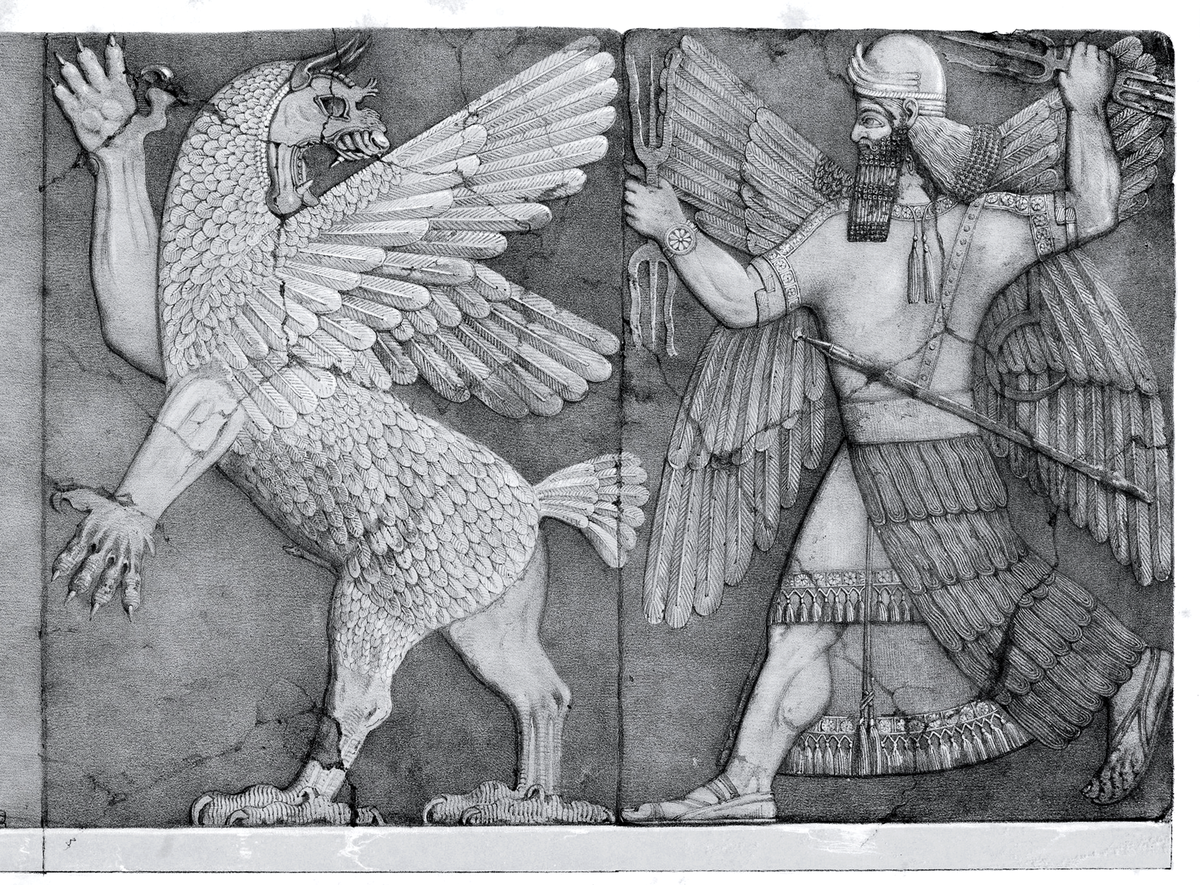
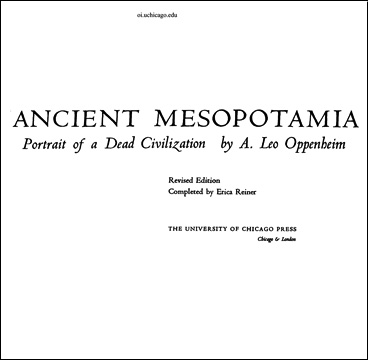
Theme Music
Theme music by
sirobosi frawstakwa

